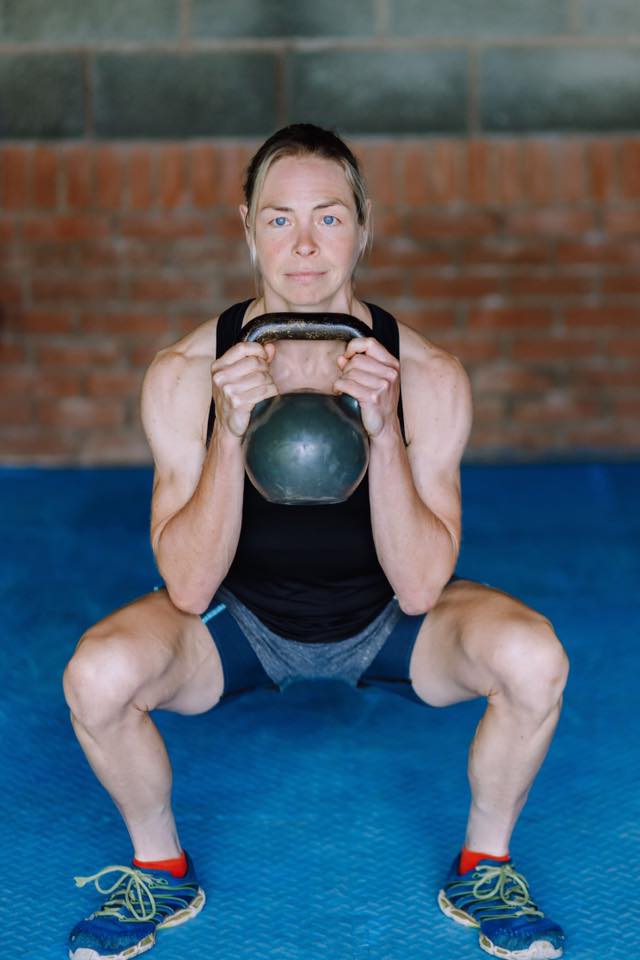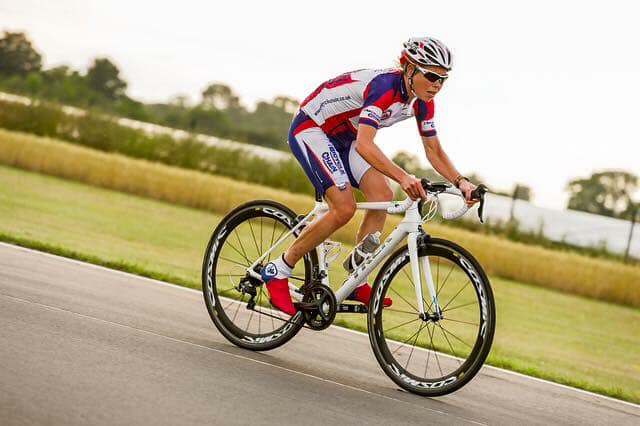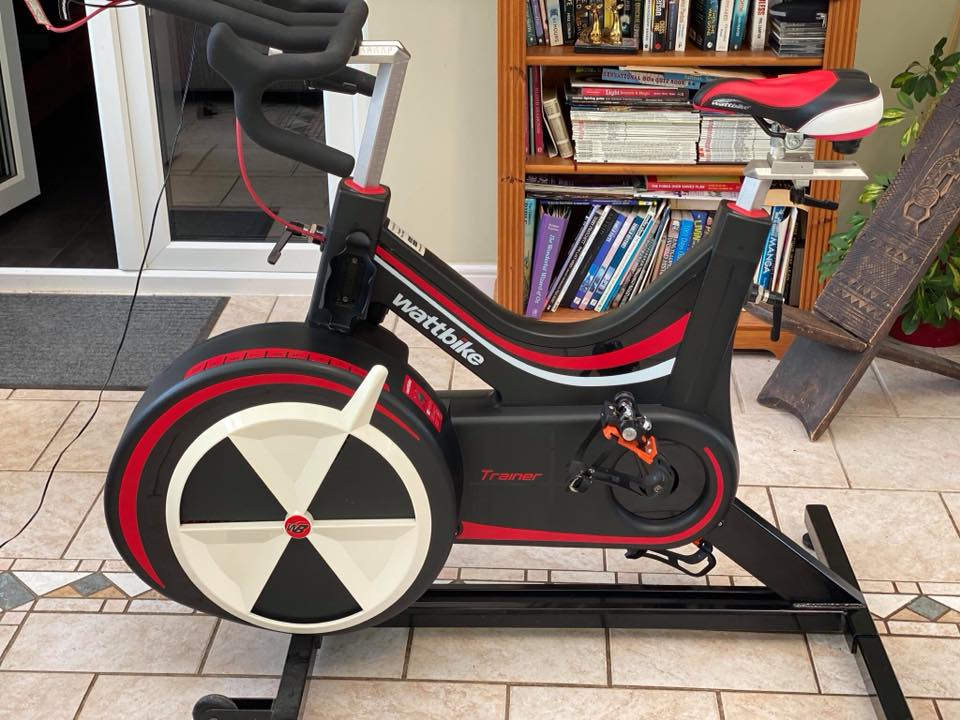Do you suffer from a lot of unwanted pains in the neck shoulders and lower back?
Do the daily chores like the housework, hoovering, gardening leave you with an aching back?
In my experience, there is one movement pattern which when mastered will solve your aches and pains for good – THE HIP HINGE.
The hinge is my number one functional movement pattern. It is executed multiple times a day, every single day, by almost every single person.
How often do you bend over every day? A MILLION TIMES!
Bending over IS hinging…but most people do this incorrectly, simply bending over from the lower back, placing loads of unneeded stress on the lower back as it flexes.
The spine is at its most resilient and placed under the least amount of possible stress and strain when it is in neutral. This means the 3 natural curves in the spine at the upper, mid and lower back are present and when viewed from the side, these curves form an ‘S’ shaped curve. If you simply bend over from the lower back, you lose these natural curves and in doing so, place a lot of stress and strain on the lower back, causing unwanted pain.
By mastering the hinge and executing it correctly you can reduce or eliminate lower back tweaks, tightness, dull pain and flare ups.
Learning To Hip Hinge – PART 1
Here are 3 Drills I recommend you use to understand how this movement should “look” and “feel”.
#1 The Dowel Hip Hinge
This is a nice variation on the hinge because the dowel will provide instant feedback to help determine if you’re performing it correctly.
• Hold the dowel behind you with it touching 3 areas…the sacrum (just below the low back), between the shoulder blades, and directly behind the head.
• Drive the hips back as far as you can
• All points should remain in contact throughout the drill
• The goal is to find and feel the hamstrings and glutes!
• If you lose contact with any of these 3 points then you know there is a flaw in your hinge and you should run through the basics of the hinge to correct it.
#2 Behind the Back Kettlebell Hinge
If you struggle to stop your shoulders going forward and upper back rounding during a loaded hinge, then this drill is for you.
• Pull shoulders back and place KB behind your back against your glutes
• Keep head neutral, soft knees and push your hips back into the KB.
• When you feel your hamstrings and glutes loaded, push the hips through, standing tall.
• Keep the rib cage down, core braced and glutes squeezed at the top.
#3 Band Resisted Hip Hinge
This is one of my favorites because it really makes you finish the move and puts a nice focus on the glutes. Plus, with the band wanting to pull you back, it forces you to stabilize through your mid-section and control the movement.
So next time you bend over to pick something up, or do the hoovering, remember to push those hips back, activate the glutes and hamstrings and keep the spine in neutral. Your lower back will thank you!
Once these 3 drills have been mastered, you can then progress onto loaded hip hinges such as the Romanian Deadlift, Deadlift, Kettlebell Swing which I will be covering in Part 2, focusing in particular on its importance for ROWERS.
If you would like to work with me online coaching is available. Contact me to book a complimentary call.
I also run a free Facebook group for mature female cyclists where I share lots of tips for improving on hills, endurance, speed, power, health, strength and hormones. Here’s the link if you’d like to join:
https://www.facebook.com/groups/agewithoutlimits
Or if you’d like to see more info about the Online Cycling Transformation Program for Mature Females, where we transform your health, performance, enjoyment and longevity on and off the bike, here is that link:
https://go.heidivilesperformance.uk/apply-now



